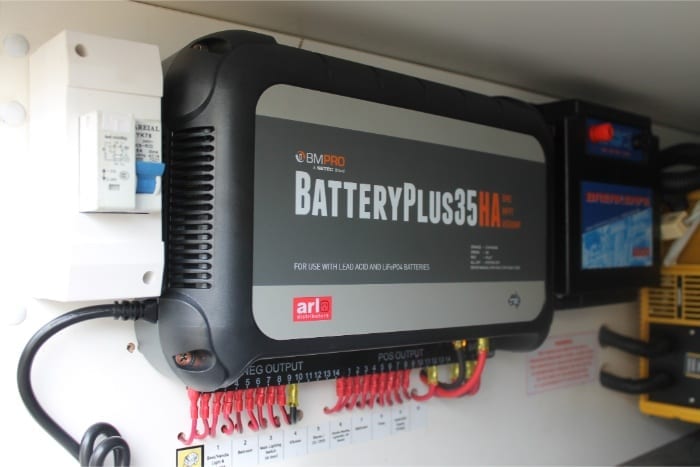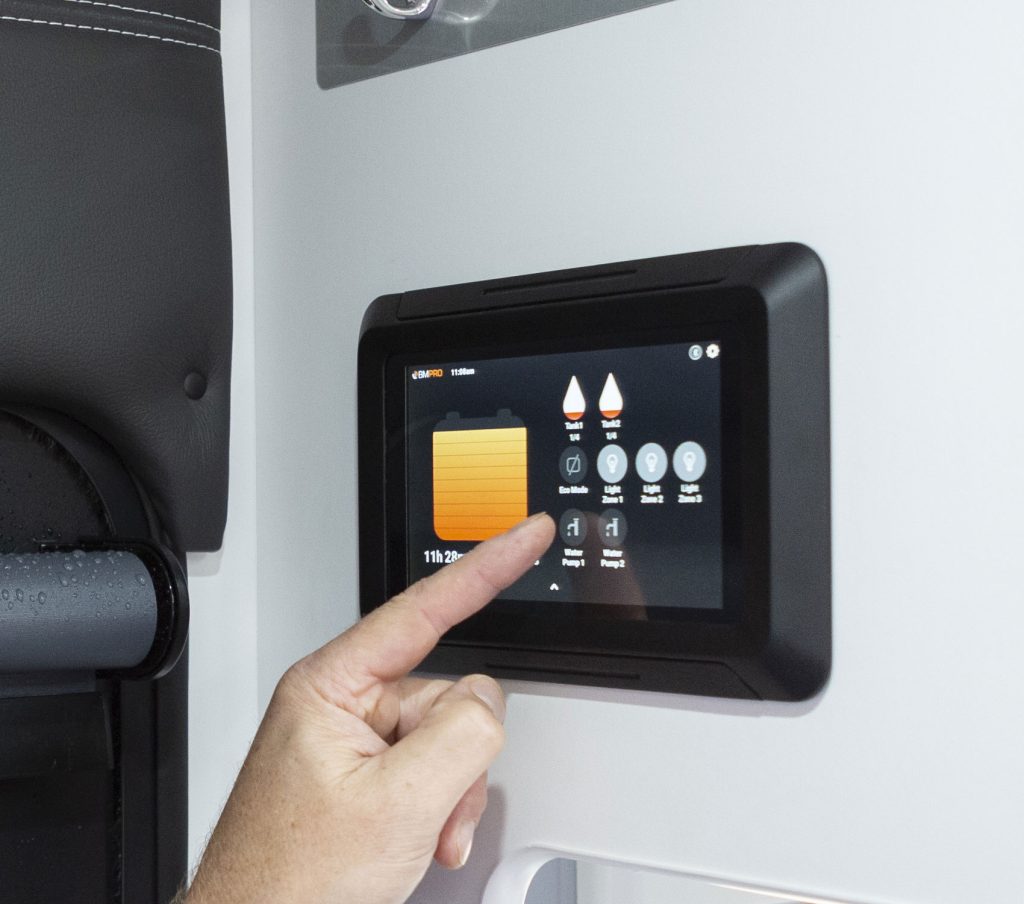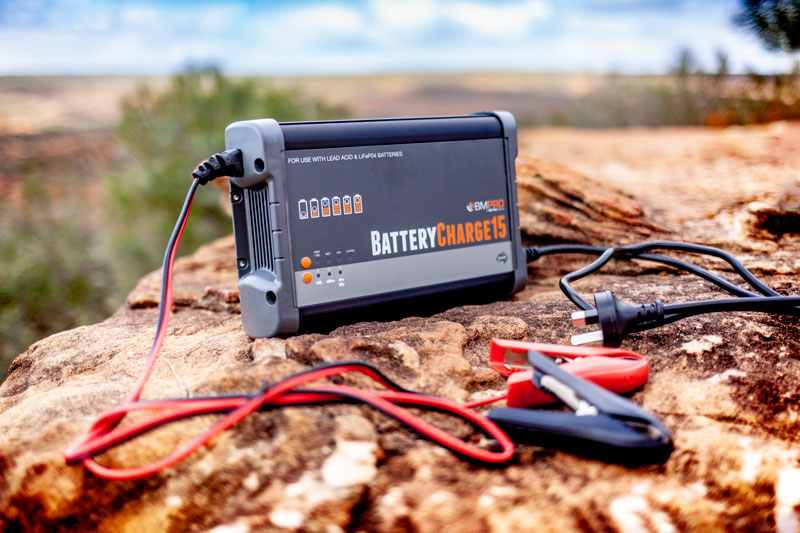Caravan Battery Management Systems: Must-Have Accessories for Camping Trips
Packing for that ultimate caravan getaway? Besides the essentials like food and water for the duration of your trip, you’ll also need a reliable power source. This usually revolves around a solar setup and one or more secondary batteries. Depending on your needs, and the appliances and devices you need running in caravans or motorhomes, management systems that monitor battery performance are another crucial component for a carefree and safe caravan trip. These keep batteries and your power supply in top nick, so you’ll have power when and where you need it.
What is a Battery Management System?

Battery management systems (BMS) are electrical controllers that monitor and regulate vital parameters in your caravan’s battery pack. Systems constantly oversee battery temperature, voltage and current (among other things) when the battery is charging or when powering your connected gear. Their ultimate goal is a healthy battery that works as it should, and without mishaps that can occur due to overcharging or overheating. When this happens, not only will it be left in the dark but also risks leaks or explosions, so there’s an unwanted safety risk. To remove any nasty surprises, caravan battery management systems do all the work for you, allowing you to enjoy more of your time away from home.
What It Does

Systems guard your battery (or battery pack) with a combination of sensors, controllers, and interfaces. These have insight into the battery’s charge level, how much current and voltage is going in or out, and whether the battery is overheating. The electronics carry out real-time monitoring and adjustments in the system to prevent possible problems.
BMS controllers constantly monitor the voltage in individual battery cells as well as the charge and discharge rates to protect the battery. Sensors can indicate that too much power is flowing out of the battery, risking a dead unit or a battery that can’t be recharged. They also control how much energy goes into batteries from your solar setup. The BMS can additionally jump in to lower or cut supply and prevent batteries from overcharging and overheating. The goal is to extend battery lifespan, so you won’t left hundreds or thousands of dollars out of pocket when purchasing a new unit.
Another overlooked area is safety. Without a caravan battery management system there’s no secure way of checking up on battery health or preventing possible electrical faults, like short-circuiting and the cause of accidents. BMS systems have integrated circuit protection that rules out overcurrent, overvoltage, and thermal stress, and can take immediate steps by disconnecting the battery for the setup. This is complemented by a sophisticated balancing act, that stabilises the chemistry in separate cells (or separate batteries in a multi-battery setup) ensuring that energy is distributed evenly, so no dead cells or compromised batteries.
Lastly, from the long list of vital functions, caravan battery management systems boost efficiency by reducing self-discharge rates or increased resistance levels in the power supply, for instance from loose wiring or insulation issues in cabling. Not only do BMSs ensure near-new batteries regardless of how long they’ve been used, but can also inform of possible issues in your solar setup.
Additional Functions

BMS capability and convenience don’t end here. Most have central control hubs with legible LCD or LED displays with readouts that display real-time battery and power supply parameters. Units are small and light enough to be placed anywhere in the caravan or motorhome. The system is fully automated, and with supplied apps, all data is beamed to your choice of devices so that you won’t be lifting a finger. Systems can additionally be programmed for sleep and wake functions, for more peace of mind.
Choosing What’s Right

BMSs come in different types, so you’ll want something appropriate for your power setup. The most important factor is that it’s compatible with your battery type. Most caravan batteries are of the Lithium-Ion type, but some caravanners still hold onto older lead acid batteries. Some units also work with one or multiple battery chemistries, a good choice if you’re planning any future upgrades.
Next, consider the maximum current and voltage the BMS can safely handle. Look for higher output current ratings and maximum charging currents. Going with systems that have lower ratings will hurt battery efficiency in best-case scenarios, or kill your battery and any connected appliances or devices and cause an electrical fire. All units work with the power output in lead-acid and most higher-output lithium batteries, but if you’re running more power-hungry items, and rely on multiple batteries in the battery pack, consider the total amp-hours these can muster.
Lastly, look to the protection features. BMSs have different rates for low voltage disconnecting when they sense extremely low voltage levels and try to preserve your battery’s health. This is different in different battery types. They will also have enhanced cell chemistry monitoring to prolong battery life, and an efficient way to get data to users. Prices often reflect your system size, and the additional features, such as Wi-Fi or Bluetooth, and can range from a few hundred dollars for systems best suited to smaller power setups to 4 figures for something you’d want in a bigger motorhome.



